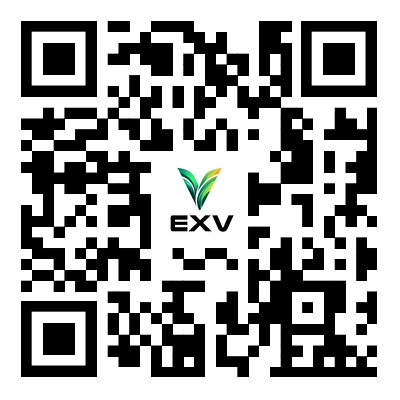- English
- Español
- Português
- русский
- Français
- 日本語
- Deutsch
- tiếng Việt
- Italiano
- Nederlands
- ภาษาไทย
- Polski
- 한국어
- Svenska
- magyar
- Malay
- বাংলা ভাষার
- Dansk
- Suomi
- हिन्दी
- Pilipino
- Türkçe
- Gaeilge
- العربية
- Indonesia
- Norsk
- تمل
- český
- ελληνικά
- український
- Javanese
- فارسی
- தமிழ்
- తెలుగు
- नेपाली
- Burmese
- български
- ລາວ
- Latine
- Қазақша
- Euskal
- Azərbaycan
- Slovenský jazyk
- Македонски
- Lietuvos
- Eesti Keel
- Română
- Slovenski
- मराठी
- Srpski језик
Less than $13,927! BYD Qin L and Seal 06 were released on the same stage, with fuel consumption prefixed with "2" and can run 2000 KM
2024-05-29
In December 2008, the world's first plug-in hybrid car, the BYD F3DM, was mass-produced in Xi'an BYD High-tech Industrial Park, and the concept of "short-distance electricity and long-distance oil" was born.
But at that time, due to the immature engine technology, the NEDC of the first generation DM technology adopted by F3DM had a power loss of 10.7L, and the engine thermal efficiency was only 34%.
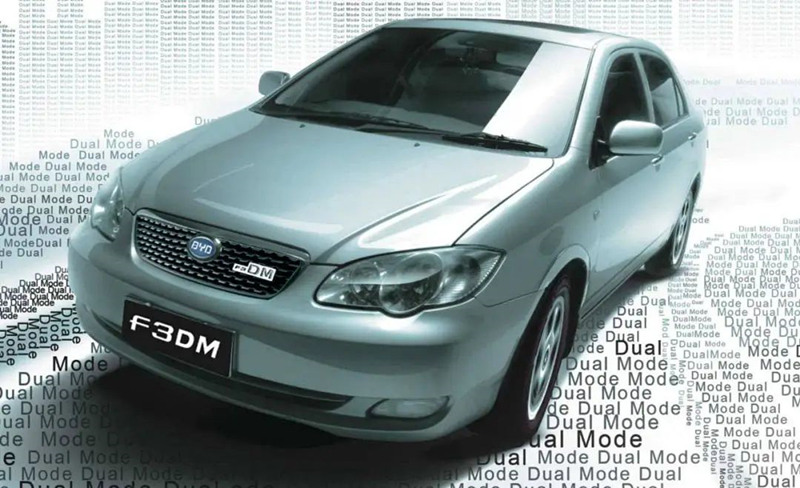
Today, 16 years later, also in Xi'an, BYD has upgraded its DM technology to the fifth generation, setting a record low in fuel consumption of 100 kilometers.
Along with the new technology landing, there are two new BYD B-class sedans, Qin L DM-i, and Navy SEAL 06 DM-i, both priced at $13,902-$19,473.
Let's take a look at Qin L DM-i first.
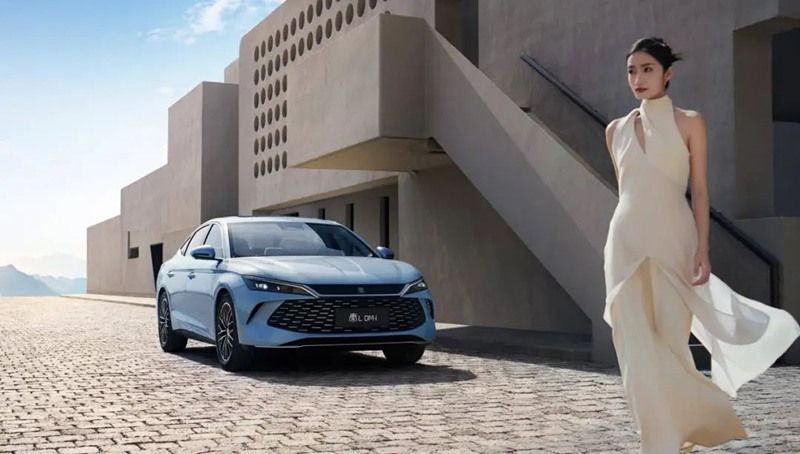
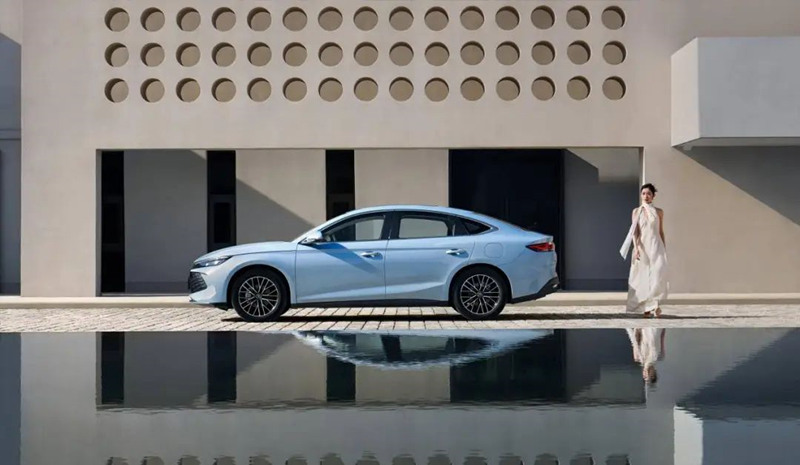
Qin L DM-i also uses a brand new family design, with a more refined shape and a very three-dimensional side. At the same time, its color scheme is also more modern, with a total of tea crystal gray, water pod blue, Jian kiln purple, moisturizing jade white four.
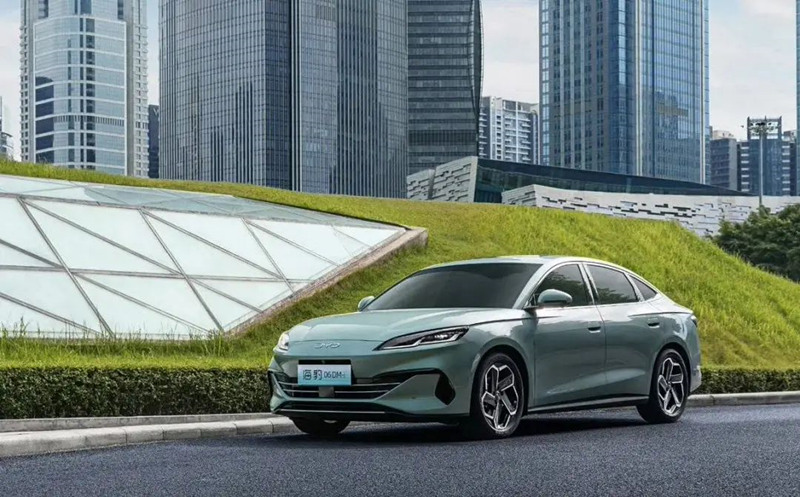
The design style of the SEAL 06 DM-i is completely different, less majestic, and more agile, and the wheel hub and taillight style are also younger than the Qin L. In terms of size, its car width is reduced by 25mm compared to the Qin L, and other data are consistent.
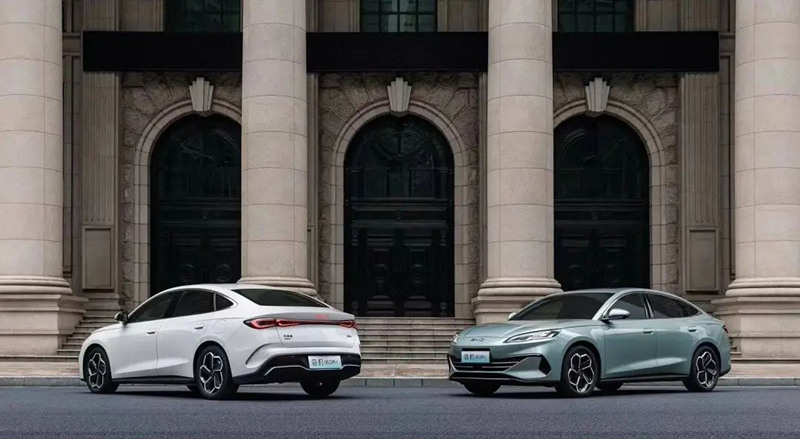
Before tonight's launch, I briefly experienced it in two new cars. The interior layout of the two cars is the same, but the design style is different, as shown in the picture below.
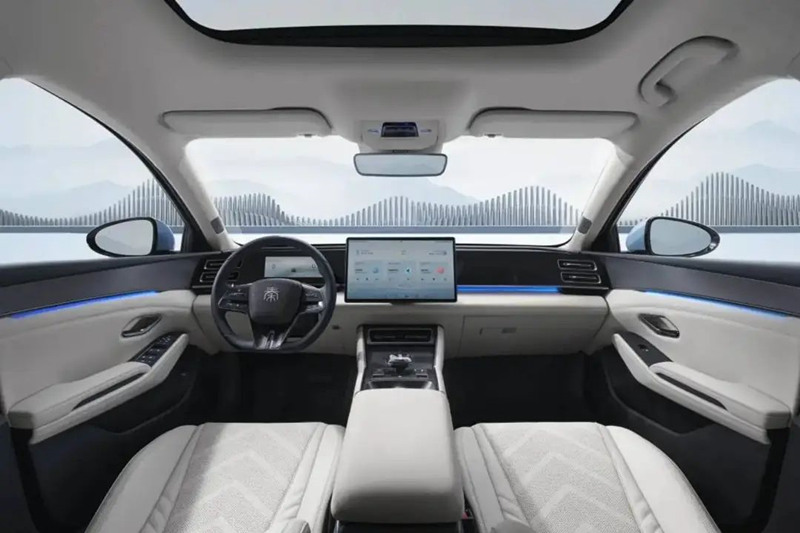
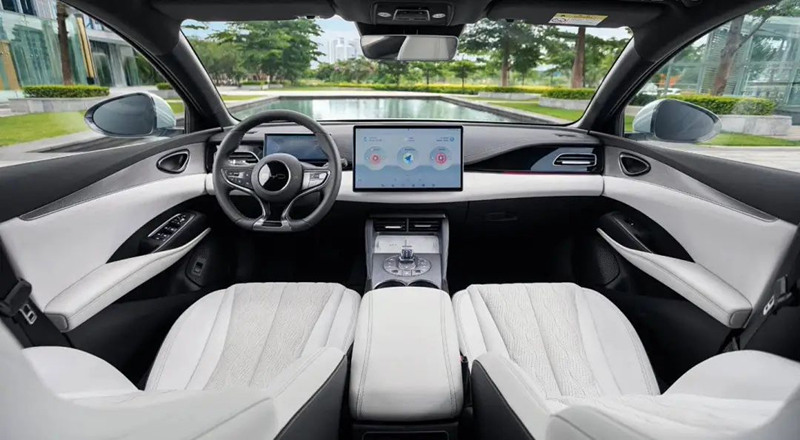
What is difficult to show in the picture is the texture and comfort.
Yes, it's hard to believe that I would use "textured" to describe BYD now. Compared with previous models of Dynasty Net and Ocean Net, the interior of the Qin L and the Seal 06 has been significantly improved, especially in terms of materials. You can pay attention to the sub-dashboard, door panel, and seats.
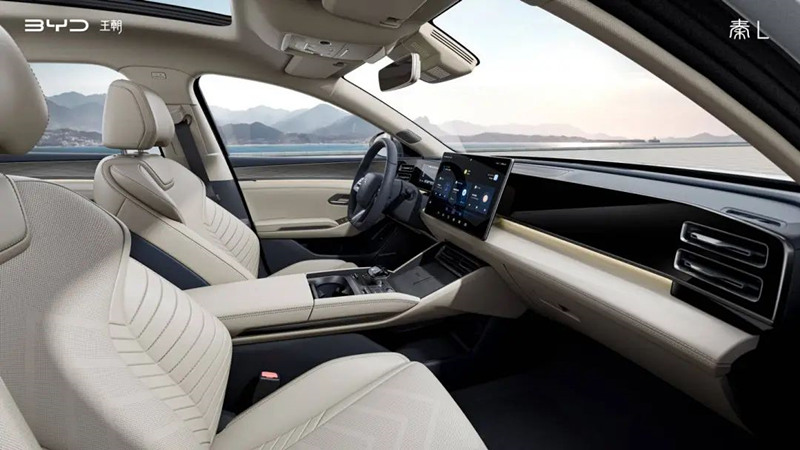
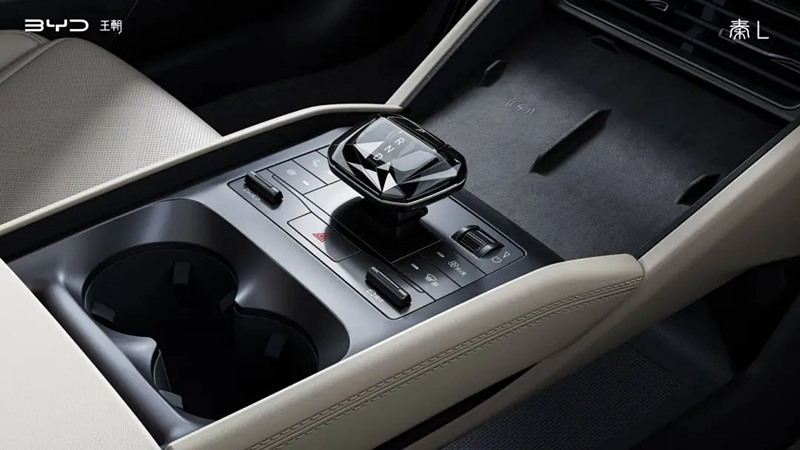
Although there is still much room for improvement, BYD has made great progress. Let's talk about the general configuration. Both cars are equipped with 8.8-inch floating LCD meters. The central control screen will provide 12.8-inch and 15.6-inch specifications depending on the configuration. The vehicles have built-in NFC digital keys and original ETC.
The high-end model will also offer features such as electric adjustment, seat ventilation, and heating, and is equipped with the DiPilot intelligent driver assistance system.
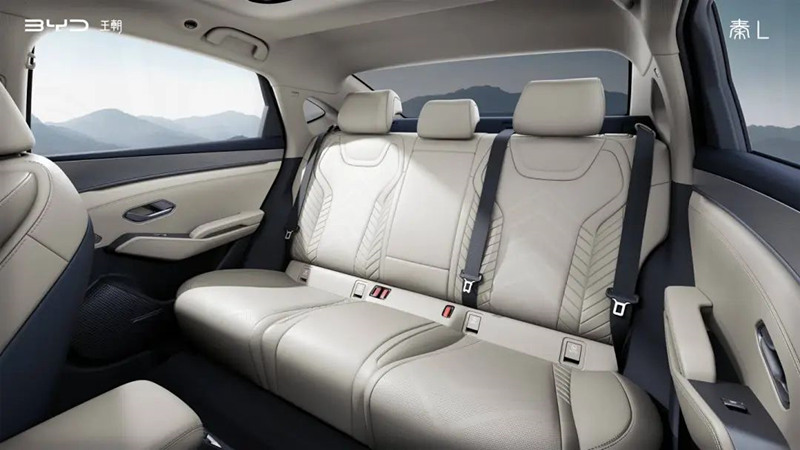
And then finally, their main event, their power.
Both the Qin L DM-i and the Seal 06 DM-i are equipped with a plug-in hybrid system composed of a 1.5L engine and an electric motor. The maximum power of the engine is 74kW, the maximum torque is 126N · m, and the data is mediocre, but don't forget its motor -
The low-end model adopts a 120kW motor with 210N · m of torque; the high-end model motor has a maximum power of 160kw, a maximum torque of 260N · m, and a zero-hundred acceleration of 7.5 seconds.
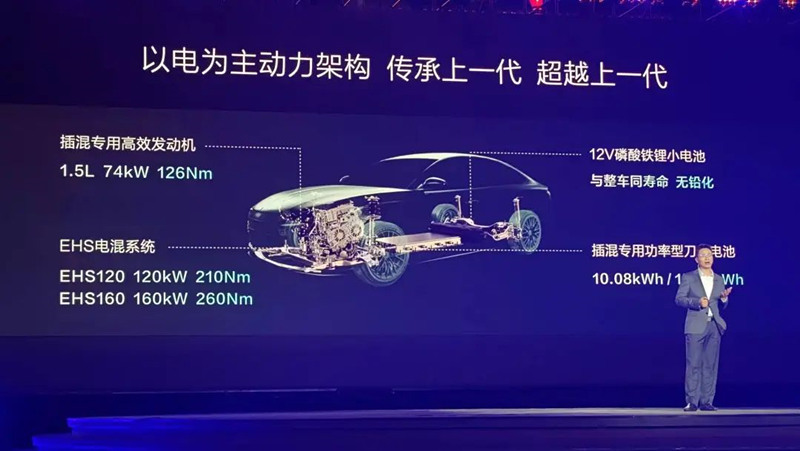
The battery is also different, with a low configuration of 10.08kWh, providing 80km CLTC pure electric battery life; a high configuration of 15.874kWh battery, CLTC pure electric battery life of 120km.
But I would say that 2.9L of NEDC battery life per 100 kilometers can be used directly as a pure fuel vehicle unless there is a household charging pile.
To demonstrate the extremely low fuel consumption of the fifth-generation DM, Lu Tian, general manager of the sales department of BYD Dynasty Network, came to a "BOSS direct test".
When the battery SoC was 15%, the air conditioner turned on the automatic mode and set it to 24 ° C, the kinetic energy recovery was set to standard, and the driving mode was adjusted to ECO, Lu Tian drove a 2.4L loss of fuel consumption in the evening peak in Xi'an.
The main point is that this is the result measured by the refueling method, which is inseparable from the true fuel consumption.
What's more exaggerated is the cruising range.
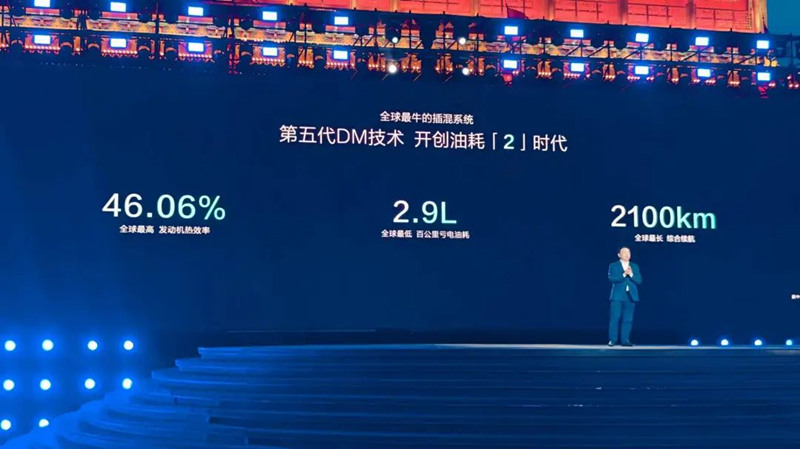

BYD also calculated a bill for you at the press conference:
Assuming you run 20,000 kilometers a year, the average oil price is 8.4 yuan/liter, the average fuel consumption is 7L per 100 kilometers, and the fuel vehicle needs to spend a total of 11760 yuan. But if it is Qin L and Navy Seal 06, you don't need to drive it so sparingly, just drive it at 2.9L per 100 kilometers, which costs only 4872 yuan a year, saving 6888 yuan compared to fuel vehicles. Not to mention that the acceleration is too slow, the control is too bad, and in the face of fuel consumption and battery life, it is pure nonsense.
Aecoauto is accepting orders now!



